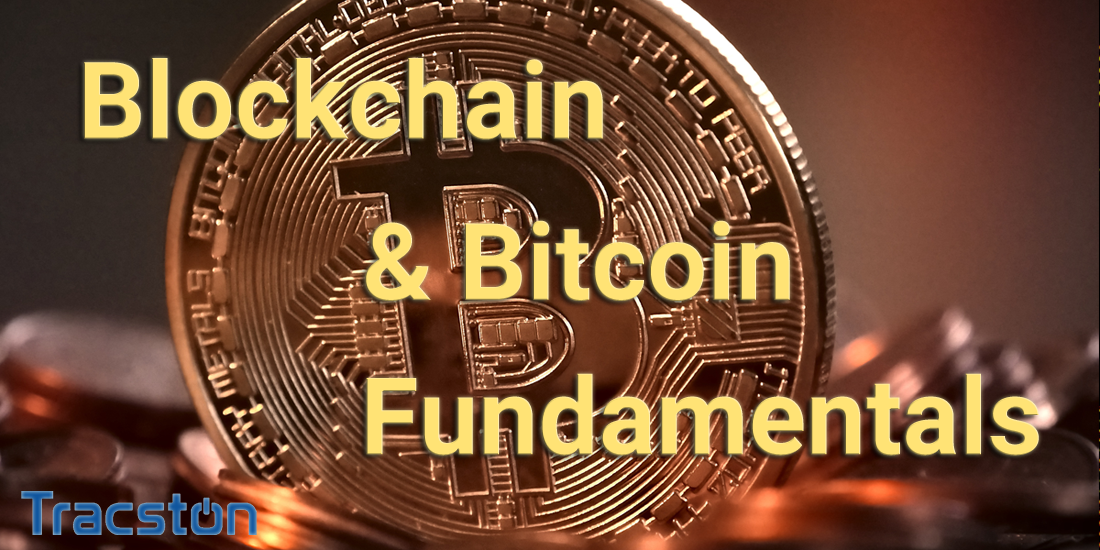
Blockchain is a network of computers called nodes that all have the same history of transactions, validated by every new computer that wants to be part of the transaction. Cryptography makes sure the transaction is secure by encoding each transaction with a unique set of numbers and letters, verified by all parties in the transaction. This history, or database of records, is called a block. Each block contains information about the history of each block before it, down to the second, and chains it to the block before it. Instead of a bank or company helping to make these records verifiable and possible (like making sure a check doesn’t bounce), software code becomes the middleman, and it takes nanoseconds to verify the transaction. Additionally, nothing can be altered, erased, remixed, or edited on the blockchain, the blockchain’s history cannot be overwritten.
Bitcoin is a cryptocurrency, a form of electronic cash. It is a decentralized digital currency without a central bank or single administrator. Bitcoins can be sent from user to user on the peer-to-peer bitcoin network directly, without the need for intermediaries. Transactions are verified by network nodes through cryptography and recorded in a public distributed ledger called a Blockchain.
Bitcoin was invented by an unknown person or group of people using the name Satoshi Nakamoto and released as open-source software in 2009. Bitcoins are created as a reward for a process known as mining. They can be exchanged for other currencies, products, and services.
Objectives
- This course is for someone who wants to quickly understand and expand their knowledge of how blockchain and Bitcoin work and how it is applied in business.
- Business people who want to learn more about how blockchain and Bitcoin are impacting the world of business.
- Anybody with a little bit of backend and/or frontend software development experience
